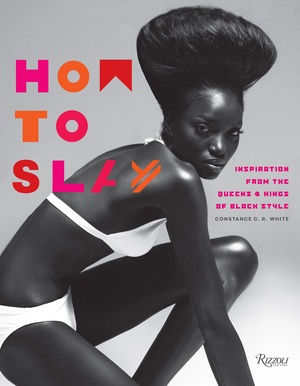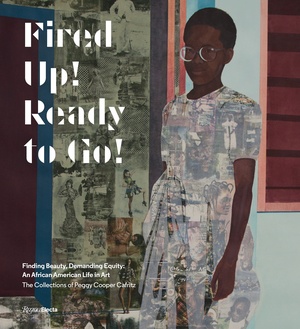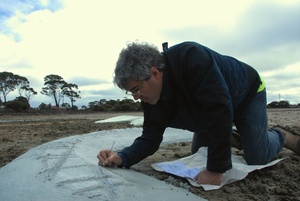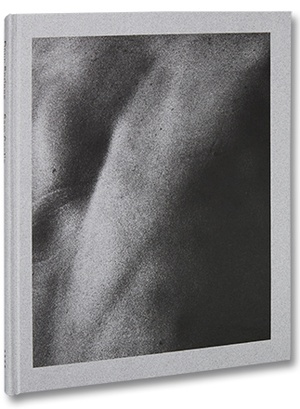LYLE ASHTON HARRIS: TODAY I SHALL JUDGE NOTHING THAT OCCURS
JOIN US SATURDAY, JANUARY 27th 4:00 - 6:00 PM
FOR A LYLE ASHTON HARRIS BOOK LAUNCH
AND CONVERSATION WITH WALEAD BESHTY,
CHARLES GAINES, AND NAIMA J. KEITH
Throughout the late 1980s and early 1990s, a radical cultural scene emerged across the globe, finding expression in the galleries, nightclubs, and bedrooms of New York, London, Los Angeles, and Rome. In Lyle Ashton Harris: Today I Shall Judge Nothing That Occurs, the artist’s archive of 35mm Ektachrome images are presented alongside journal entries and recollections by additional contributors coalescing in a presentation of what Harris has described as “ephemeral moments and emblematic figures... against a backdrop of seismic shifts in the art world, the emergence of multiculturalism, the second wave of AIDS activism, and incipient globalization.” The Ektachrome Archive "constructs collective and private narratives to comment on identity, desire, sexuality, and loss" and was included in the 2017 Whitney Biennial.
Born in the Bronx in 1965, Lyle Ashton Harris received his MFA from the California Institute of the Arts, and attended the Whitney Museum of American Art Independent Studies Program. His work has been exhibited worldwide including at the Whitney Museum, Solomon R. Guggenheim Museum, 52nd Venice Biennial, and São Paulo Biennial. He currently is an associate professor of art at New York University, and is represented by New York's Salon 94.
Born in London in 1976, Walead Beshty is a Los Angeles-based artist and writer. Beshty was an Associate Professor in the Graduate Art Department at Art Center College of Design, Pasadena, and has taught at numerous schools including UCLA, UC Irvine, CalArts, the School of the Art Institute of Chicago, and the MFA Program at Bard College. He is renowned for his unique conceptual approach to photography and sculpture and emphasis on the conditions of the production and circulation of images and artworks.
Charles Gaines received his MFA from the Rochester Institute of Technology in 1967. In 2013 he received a John Simon Guggenheim Memorial Foundation Fellowship and presented the critically acclaimed solo exhibition Notes on Social Justice at Paula Cooper Gallery, New York. In 2012, Gaines was the subject of a mid-career survey at the Pomona College Museum of Art and the Pitzer College Art Gallery in Claremont, California. His works are in the collections of the Museum of Contemporary Art, Los Angeles, Hammer Museum, Los Angeles County Museum of Art, Museum of Modern Art, New York, and Whitney Museum of American Art. He has been a full-time faculty member of the School of Art at CalArts since 1989. He currently resides in Los Angeles, and is represented by Susanne Vielmetter Los Angeles Projects and Paula Cooper Gallery.
Naima J. Keith joined the California African American Museum (CAAM) in 2016 to guide the curatorial and education departments as well as marketing and communications. During her tenure at CAAM, Keith has also curated Hank Willis Thomas: Black Righteous Space (2016), Genevieve Gaignard: Smell the Roses (2016) and Kenyatta Hinkle: The Evanesced (2017). She is the 2017 recipient of the David C. Driskell Prize in recognition of her contributions to the field of African American art history.
Join us Saturday, January 27th between 4:00 and 6:00 PM to celebrate Mr. Harris' new Aperture monograph Today I Shall Judge Nothing That Occurs with what is sure to be a lively and engaging presentation. If you cannot attend but would like to purchase a copy please place your order here, or call us at 310-458-1499.









